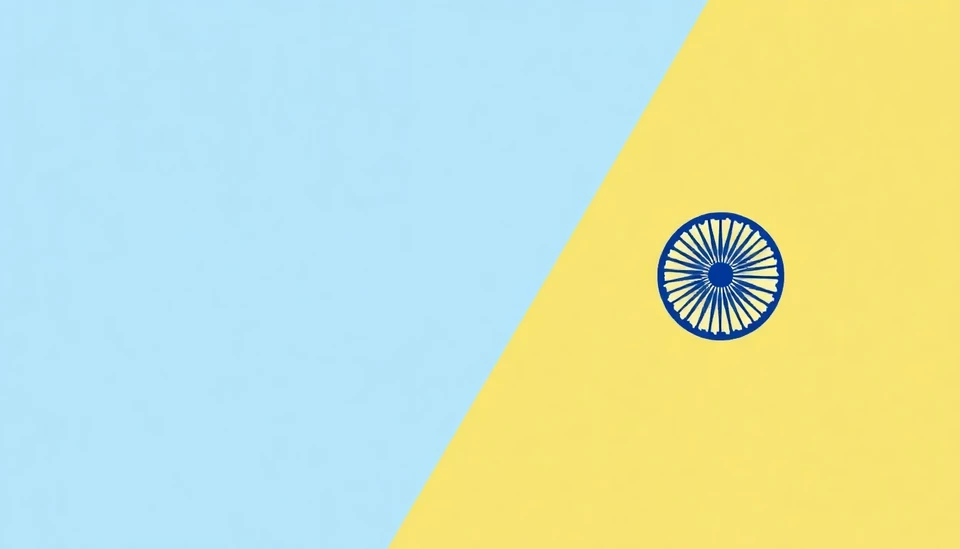
In a bold move aimed at countering the looming trade threats posed by the United States, India is preparing to implement additional changes to its tariff structure. These modifications are part of a broader strategy to safeguard its economic interests and ensure stability amid escalating global trade tensions.
The Indian government, responding to the potential for increased tariffs on various goods, is contemplating adjustments that could see the reduction of import duties on essential items while simultaneously increasing tariffs on luxury goods and non-essential imports. This dual approach aims to balance domestic market needs with the imperative of protecting local industries against foreign competition.
Recent statements from Indian officials highlight a proactive stance in the face of possible changes that could stem from the Biden administration, which has actively indicated a desire to shift trade dynamics. The anticipated tariff changes are seen not only as necessary for addressing immediate economic concerns but also as a strategic maneuver to fortify India’s position in the international market.
India's trade relationship with the U.S. has been fraught with challenges, with both nations grappling over issues ranging from tariffs to tech regulations. As American policymakers contemplate revisions to existing trade agreements, India is eager to bolster its export markets and ensure that Indian products remain competitive on a global scale.
Experts suggest that these tariff adjustments may also serve as a bargaining chip for India in negotiations with the United States. By demonstrating an ability to adapt quickly to global market pressures, India could gain leverage in discussions surrounding comprehensive trade agreements in the future.
The potential changes come in the wake of various economic pressures, including inflationary trends and shifts in consumer preferences. Indian officials are keenly aware of the need to protect the domestic market, while also being sensitive to the demands of international trade partners.
As these developments unfold, stakeholders across various sectors are bracing for the implications of potential tariff shifts. Agricultural producers, small manufacturers, and importers alike will need to navigate a complex landscape shaped by new regulatory measures aimed at maintaining economic balance.
In conclusion, India's forthcoming tariff changes signal a determined effort to maintain economic sovereignty while addressing the challenges posed by external trade pressures. As the situation develops, all eyes will be on India to see how these strategic adjustments will influence both domestic and global markets.
#India #TradePolicy #Tariffs #EconomicStrategy #GlobalTrade
Author: Laura Mitchell




